
These 5 Foods Are the Real “Silent Kil.lers” Hiding in Your Kitchen!
Common Mistake Everyone Makes: It’s Not Leftovers — These 5 Foods Are the Real “Silent Kil.lers” Hiding in Your Kitchen!
If you notice anything unusual, throw them away immediately — never try to save them!**
Many people worry about eating leftovers: “Is reheated rice, soup, or meat safe?”, “Is drinking water left overnight harmful?” This concern often pushes people to two extremes: either throwing away food that is still edible—leading to waste—or forcing themselves to finish everything just to avoid “wasting,” which can be harmful to health.
According to MSc. Nguyễn Thị Minh Tâm (Clinical Nutrition Specialist, Hanoi Medical University Hospital), properly stored leftovers—quickly cooled within 2 hours, sealed in airtight containers, and reheated to 75°C—are completely safe to eat. But most people worry about the wrong things: they fear cold rice or old soup, when the truly dangerous items are sprouted potatoes, over-soaked mushrooms, or leafy greens left overnight. These are the things you must avoid.
In reality, most leftovers are still fine if stored correctly and reheated thoroughly. What you really need to watch out for are 5 high-risk foods—common items in your kitchen that can develop strong toxins if mishandled. If you see any unusual signs, throw them away immediately. Do not hesitate!
1. Sprouted or Green Potatoes: Solanine — the Hidden Poison Inside the Tuber

Many believe you can simply cut off the green spots or sprouts and eat the rest. But the truth is: solanine—the toxin produced when potatoes sprout—spreads throughout the entire potato, not just the damaged areas. Boiling, steaming, or frying does not destroy it completely.
Eating solanine-contaminated potatoes may cause nausea, vomiting, dizziness, mild paralysis, and in severe cases, breathing difficulties.
So, if you see even a tiny green patch or small sprout, don’t risk it — throw the whole potato away.
2. White Mushrooms or Wood Ear Fungus Soaked Too Long: The “Invisible Killer” Called Bongkrekic Acid
White fungus (tremella) and black wood ear mushrooms are common ingredients, but if soaked too long at room temperature—especially in summer—they may become contaminated with Pseudomonas cocovenenans, a bacteria that produces bongkrekic acid, an extremely toxic substance.
The frightening part: there is no antidote for this toxin. It can cause acute liver and kidney failure and may lead to rapid death.
Safe soaking tips:
-
Use cool or mildly warm water
-
Soak no longer than 4 hours
-
Wash well and cook immediately
If left overnight, discard immediately!
If the soaking water looks cloudy, smells strange, or the mushrooms feel slimy — throw everything away.
3. Undercooked Green Beans: Don’t Underestimate This Common Ingredient
Fresh or undercooked green beans contain saponin and phytohemagglutinin, both of which can cause acute digestive poisoning within minutes. Symptoms include stomach pain, diarrhea, nausea, and in severe cases, dehydration.
Green beans have a dense structure, so quick stir-frying won’t cook them through.
How to cook safely:
-
Blanch in boiling water for 2–3 minutes before stir-frying, or
-
Simmer until tender and easily pierced
Only then are the natural toxins fully destroyed.
4. Slightly Rotten Fruit: Don’t Believe the Myth “Just Cut Off the Bad Part”
A seemingly harmless small rotten spot on an apple or pear can mean mold has already spread invisibly through the entire fruit. This mold produces patulin, a toxin that damages the liver and can accumulate in the body over time.
Even the part that looks fresh may contain dangerous levels of patulin.
If you see mold, smell something odd, or notice a soft rotten area, discard the entire fruit.
5. Leafy Greens Left Overnight: Nitrite Levels Skyrocket
Spinach, bok choy, lettuce, and other leafy greens naturally contain nitrates. When left too long, especially at room temperature, nitrate converts into nitrite, which then forms nitrosamines, a proven carcinogen.
Even in the refrigerator, nitrite levels can still increase over time.
Recommendation:
-
Cook and eat on the same day
-
If you must store, keep up to 12 hours in the fridge
-
Reheat thoroughly before eating (2 minutes in a microwave or stir-fry for 3–5 minutes)
But ideally, do not eat leftover leafy vegetables.
3 Golden Principles for Identifying Safe Food
• Observe carefully:
If you see mold, sprouts, discoloration, swelling, or leaking — discard it.
• Use your sense of smell:
Any sour, rancid, or strange odor indicates bacterial growth.
• Know the nature of the ingredient:
Some foods naturally spoil easily or form toxins — such as wood ear mushrooms, leafy greens, and daylily flowers. These should not be stored long and must be cooked and eaten fresh.
News in the same category


Woman issues terrifying warning after finding a stroller abandoned on the side of the road

6 Daily Habits That Can Finally End Your Sleepless Nights
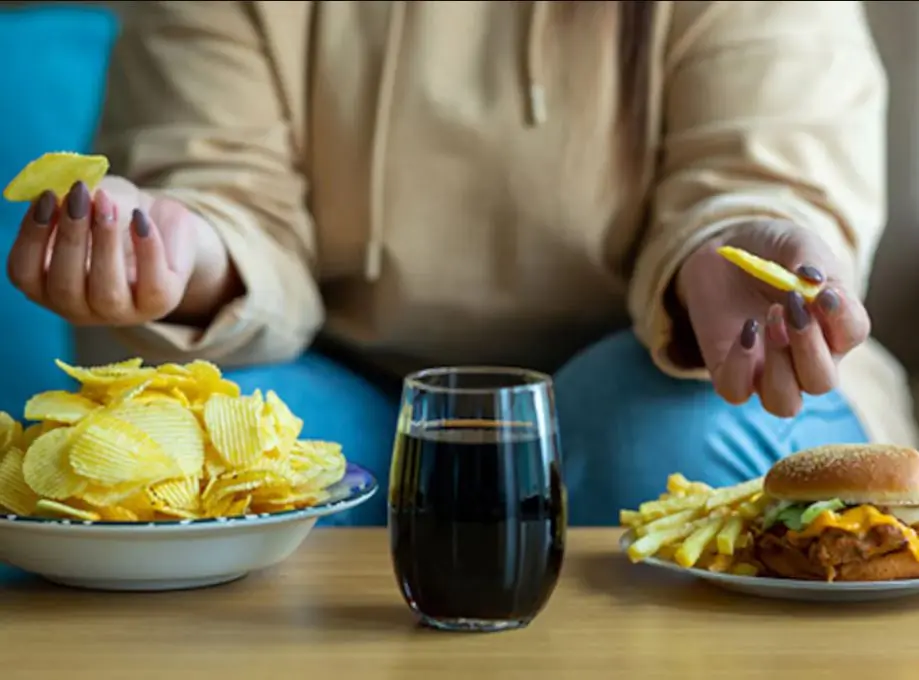
6 Eating Mistakes That Can Damage Your Health

5 Foods You Should Avoid at Night If You Don’t Want to Lose Sleep

The Type of “Waste” Everyone Throws Away but Experts Call a Hidden Treasure:

4 TERRIBLE MISTAKES That Make Your Home Smell Bad All the Time — Without You Realizing It
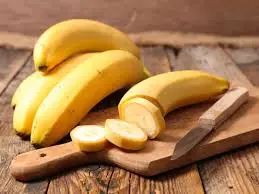
Eating Bananas on an Empty Stomach: Healthy Habit or Hidden Dan.ger?

8 Can.cer-Kill.ing Foods You Should Add to Your Diet Immediately

The Hidden Healing Plant: Why Euphorbia Hirta Is Becoming Nature’s Most Unexpected Health Powerhouse

The Morning Habit Des.troying Your Skin! Find out now!
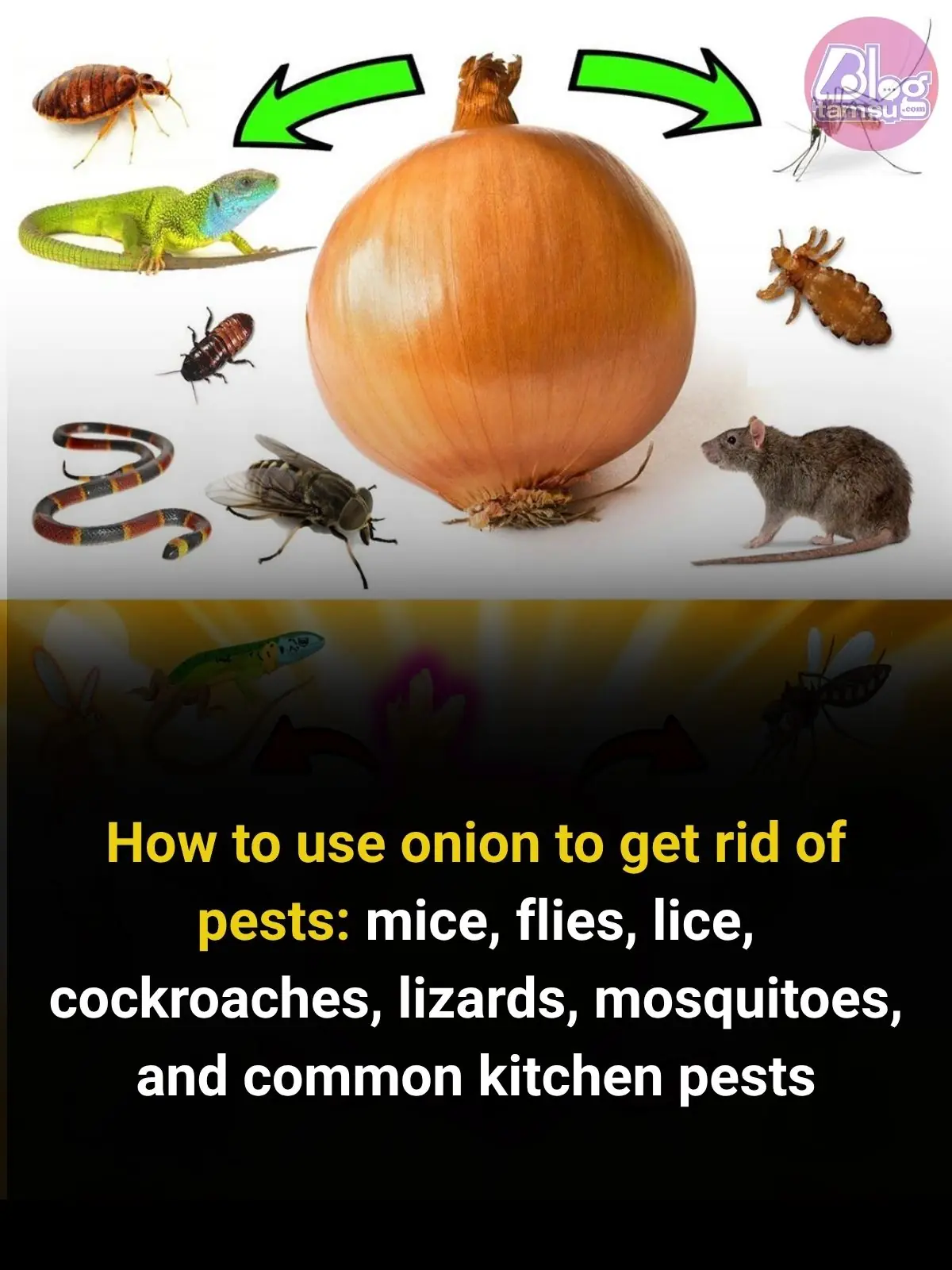
How to Use Onion to Get Rid of Pests:

Don’t Throw Them Away! These 5 Fruit Peels Can Repel Mosquitoes and Make Your Home Smell Amazing

Is Green Tea Really for Everyone? Discover Who Should Limit This Health Drink!
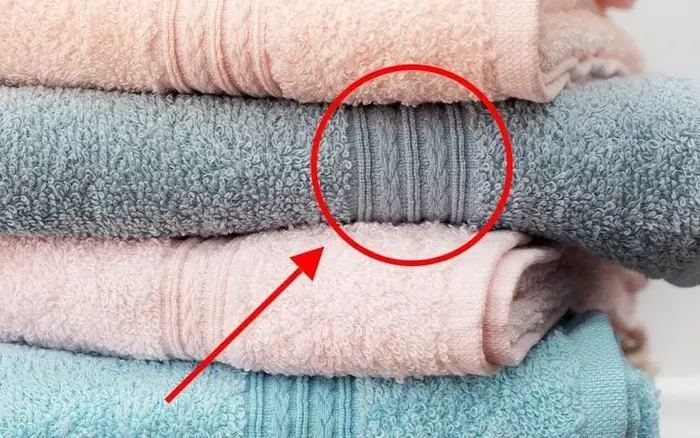
Millions of people use bath towels but don’t know the “secret” behind this tiny border

12 Silent Signs Your U.terus Is Begging for Help

The Hidden Meaning Behind Wearing a Ring on Your Thumb — Few People Know This

What Does It Mean When Someone Who Has Pas:sed Away Appears In Your Dream

Why Do Some Windows Have "Belly Bars"?
News Post
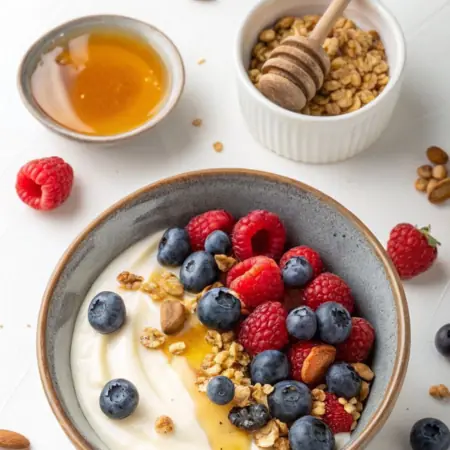
Fruit & Granola Yogurt Parfait – Fresh, Creamy & Simply Perfect

Mixed Berry Cheesecake – Creamy, Fruity & Stunning

Baked Mac and Cheese – Creamy, Cheesy & Oven-Perfect

When My 10-Year-Old Daughter Returned from Her Grandparents in Tears: The Shocking Truth I Discovered

French Onion Soup – Rich, Comforting & Classic

They Told Me I Adopted Their Child—Now They Won’t Let Me Go

Our Family Heirloom Disappeared—and My Own Daughter Was The Suspect

Bernedoodle melts internet’s heart giving brother sweetest hugs after school

I don’t give a damn what YOUR MOTHER wants from me! She’s nobody to me! So deal with her problems yourself! Got it?

The Battle for Family Legacy: A Story of Justice

A Journey of Love and Rediscovery

A wealthy man gifted his farm to a stranger — when his fortune vanished, he returned to see if his kindness would be repaid

Back again with your junk? Well then, come in and see who’s the lady of the house now! — he said mockingly

He told his wife he was bankrupt and pushed to sell the apartment, but what he was really after was something else

Why should I move out? This is my home!” — I shot my mother-in-law a fierce glare

He left his wife for me, but I never expected what happened after

Caught Off Guard: A Wife’s Journey from Betrayal to Liberation

I Walked Down the Aisle Believing Love Could Conquer All, but Marrying My Teacher Led to a Wedding Night I Could Never Have Imagined
